
This is where you find all our press releases and news articles.
The psychological principle “The whole is greater than the sum of its parts” is often used in the context of teamwork. When looked at from the perspective of wood pellet manufacturing, it applies two-fold, perhaps the more obvious connection being the synergy of system processes. Jason Kessler, founder and president of company Kesco Inc., underlines the significance of viewing and designing a wood pellet material processing and handling configuration this way—as one, cohesive system, rather than individual components. “I look at the size reduction process as a complete system, which begins with a tree,” Kessler says. “And it ends with 100 percent less-than-4-millimeter dry product going to the pellet presses. Obviously, you can’t go from the tree to the pellet presses in one step—there are multiple steps in that process.”

Wood Pellet plant
Kessler and several of his company’s strategic partners, which include Rapat Corp., Bliss Industries, Kice Industries and CV Technology, are working to change the way customers tend to view fuel prep and handling systems. “Some tend to look at systems in portions or islands,” Kessler says. “It’s just how the industry began—somebody did the wood yard island, the drying island, the dry hammermilling island, the pelleting island, and they kind of got separated as though they didn’t have anything to do with each other, which they definitely do.”
One of the biggest costs in pellet manufacturing is energy, and Kessler says this viewpoint is especially important when trying to minimize expenditures. How a front-end system is configured—and ultimately viewed—could greatly influence those costs. “For example, look at a company that uses green chips as their primary raw material source,” Kessler says. “They need to get this material down to the industry particle size requirement of 100% less than 4 millimeter (mm), 99% less than 3 mm, 95% less than 2 mm and 50% less than 1 mm. If they put in a large enough chipper, they can grind the material to a nominal half-inch particle size required for their dryer, thus eliminating the green hammermilling step in the process. The material discharged from the dryer will then go to dry hammermilling to achieve the required particle size distribution. However, many manufacturers these days are running dryers with very high inlet temperatures to destroy as many VOCs as possible. We have performed testing that suggests this high inlet temperature, on a nominal half-inch chip, can case-harden the material, making it much more difficult to grind in the dry hammermilling process. In fact, we have seen as much as a 35% decrease in dry hammer milling efficiency with this case-hardened material.”
Looking at the system as a whole, according to Kessler, suggests that chipping to a larger size and utilizing green hammermills to fiberize the chips will more easily allow the fiber to be dried consistently while avoiding the case-hardening and significantly improving dry hammermilling efficiency. “It all has to work together, and that’s the biggest oversight that I see,” he says. “It's how the industry has looked at projects. If you ask people why, I don’t think anyone can give a really good answer, it’s just how it has always been done.”
Particle size distribution is another key area of front-end operations that Kessler highlights. “Making sure that you have equipment that maintains particle size distribution and delivers a first-in, first-out inventory of material is critical,” he says. “Often, designs have hydraulic floors, stacker reclaimers, and rotor-sweep style silo unloaders that sweep the material around to a screw. These systems don’t keep the particle size distribution consistent. The material is dry hammermilled to achieve a very specific particle size distribution, and then discharged out of the bin with multiple screws in the floor being filled with rotor arms or hydraulic pushing systems. These designs promote the finer material funneling quickly out of the screws, with the courser material segregating away from the finer particles. So you have just gone through great lengths to achieve a specific particle size distribution, but the material entering your pellet mills is totally segregated.”
Kessler recommends installation of equipment such as a circular screw reclaimer that doesn’t allow free flow and forces the screw to deliver the material to the discharge, undercutting the entire mass of material. “The particle size distribution that goes in is the particle size distribution that comes out,” he says. “This process is all about consistency. I’ve seen a lot of systems that I would have recommended doing differently for those reasons. We’ve learned a lot of things in this industry the hard way. Fortunately, that was over two decades ago, and so the people we work with today can capitalize on the mistakes we made over 20 years ago.”
The other connection to the aforementioned adage is the partners Kesco works with, each of which has a specific area of pellet plant front-end focus. “With a limited number of strategic partners, it allows us to learn the process area for different industries and actually provide value to the customer,” Kessler says. “Experience matters.”
When it comes to robust hammermills with longevity, Bliss Industries fits the bill. The wood industry offers a harsh operating atmosphere and requires those characteristics of a hammermill, according to CEO Paul Gill. “It’s a tough product to grind compared to grains, corn or feed, and you have to be able to grind multiple varieties, from hardwood to softwood, from pine to oak or maple,” he says. “You need a hammermill that can do it all, as your product is going to change throughout the year. It must have versatility to grind a wide range, because even though you may be getting the same pine log, they will be different in July than in January, in terms of level of sap and the moisture in the wood.”

hammermills
For commercial-scale wood pellet manufacturing, a hammermill should be capable of grinding 15 tons per hour, Gill says. “That seems to be the sweet spot for the wood industry. It should have longevity, endurance and efficiency.”
Customers can attest to the robustness and reliability of Bliss’s hammermills, as some of have been operating in the industry for 20 years or longer. “They’re made to last forever,” Gill says. “We also manufacture a lot of the internal parts and wear items, with the ability to change them out without getting into the main housing of the hammermill, so the housing remains intact and it maintains its integrity.”
Working closely with customers has kept Bliss on the edge of innovation. “A current wood pellet manufacturer that we’re working with has had 20 of our hammermills, and we just built four more for them,” Gill says. “With their input and working side by side, our engineers and manufacturing group designed a different door system for them, and it’s probably one we’ll segue into some of our other hammermill lines.”
Though much of the focus of pellet production is often on the pellet island, Gill adds, the way wood is processed on the front end and drying specs achieved will vastly improve pellet production.
Rapat Corp. has been in the conveyor business for 45 years and offers a complete line of material handling equipment. Individual pieces of equipment can be customized and integrated into a material handling system with all the necessary structural steel support bents, towers, service platforms, stairs and ladders, safety guarding, explosion suppression and interconnecting chute work required for a specific application, says Justin Koenig, Rapat industrial sales manager. “Rapat works with each client to provide a standard products solution or an engineered custom solution, as well as engineering and product support to assure each conveying system is not only designed to meet the application requirements but is installed and maintained properly,” he says.
Koenig has been with the company for 27 years. In that time, perhaps the most common reason for mishaps in front-end system design that Koenig has witnessed is the company being supplied with incomplete or inaccurate information, leading to material handling issues. “When this happens, the system gets off on the wrong foot—inexperience often has a lot to do with that—meaning the data required to design the conveying system, including the conveying rate, density of the product, and the atmosphere it’s going to be operating in,” he says. “Is it going to be 100 degrees Fahrenheit? Is the temperature of the material ambient, and is there moisture associated with the material or is it dry? We need to get all the proper data to design and build an accurate solution.”
Rapat sees the pellet industry as “a booming market right now,” Koenig says. “The demand for wood pellets is very high, so there is going to be an aggressive growth curve for the industry.”
Rapat will ensure a quality product, offer the ease of getting the system designed by a one-stop solution, and, Koenig adds, “a guarantee that we’re going to get you to the market quicker.”
To Kice Industries, wood pellet manufacturing processing equipment is much more complex than what’s illustrated in a process flow diagram. The company has 70-plus years of experience in the design and manufacture of material handling systems and more than 20 years in delivering state-of-the-art electrical and automation solutions across the wood pelleting industry.
One of Kice’s offerings industry offerings includes pneumatic conveying systems, which it can custom design, manufacture and assemble for any pelleting operation. “We also provide automated electrical systems to keep plants running safely and on schedule,” says J. Tom Wright, director of Kice Industries process and installation group. Systems can easily be expanded to include dust control, hammermill air assist, pneumatic conveying and cooler air assistance.

wood pellet machine
One main advantage of pneumatic conveying is cleanliness of an enclosed system, as opposed mechanical conveying systems that can lead to dusty transition points and open construction, according to Wright. “A second advantage is the flexibility of routing the pneumatic tubing instead of requiring multiply mechanical conveyors and transition points,” he says. On conveyor selection and design, Wright says it’s important not to overlook the line-loading factor, which can be easy to do. “This design criterion takes into consideration the volume of material that can realistically ‘packed’ into the convey line, as opposed to just considering the weight of the material being conveyed,” he says.
Having worked in the wood industry for many years, including several complete pellet plant design-builds in the past several years, Kice has built up the expertise needed to deliver a reliable, robust and efficient turnkey solution for wood pellet operations, Wright says. “Working with Kice, our customers will be able to gain an understanding of how the equipment should be operated to maximize efficiency and can tap into a wealth of knowledge from employees who have actual experience running the systems,” he adds. “This unique perspective allows us to optimize every system we provide.”
A key aspect of front-end pellet plant design is protecting the system and employees from the combustible nature of wood dust, which CV Technology has dialed in when it comes to tailor-made dust explosion and fire protection solutions. Working with one company specializing in both fire and explosion prevention and mitigation provides advantages to the customer, says Jason Krbec, sales engineering manager at CV Technology. “The biggest in respect to combustible dust safety is have a single source for both,” he says. “Often, these two systems are designed or considered as separate, but we bring both technologies together to provide a total process solution that will be safer and more economical.”
Fire and explosion protection work best as a cohesive system, according to Krbec, similar to production systems. “Using solutions that utilize common components and control systems can optimize safety design,” he says. “Integrated systems allow for familiarity with the operators in the facility to make sure safety systems are maintained and used properly.”
As for the most commonly underprotected component of material handling and preparation, Krbec says size reduction or milling areas are often the most hazardous process areas. “When combustible is reduced in particle size, it increases the likelihood of ignition and severity of the fire or explosion than can result,” he says. These process areas often only have prevention—spark detection—or mitigation—explosion suppression—for protection. The reality is both technologies need to be used to provide an acceptable level of safety, and integrating those systems together can limit downtime and keep a process safe.”
Business for companies serving the wood pellet industry has been solid for years, but the impact of the ongoing pandemic and upcoming election remains to be seen. “The past four years, every industry I work in has been going gangbusters,” Kessler says. “But right now, feedback from most customers is that they’re waiting on the election. I frequently hear that decreased regulations and tax incentives have fueled the economic growth of the past four years. This has led companies to replace old equipment, expand operations and evaluate ways to become more efficient. A change in policy may put these plans on the back-burner while they wait to see how it impacts their bottom line.”
For the wood pellet industry in general, Kessler believes both candidates have some good initiatives that would benefit the industry.
Gill says the rate of new equipment orders has slowed since early summer, some of which is due to COVID, but as Kessler says, it’s increasingly due to the impending election. “That combination will have people hanging onto money and capital projects until afterward,” he adds. “I think from an industry growth perspective, the demand for pellets will be there. The election will simply impact the manufacturing costs.”
Related News
How to improve the production efficiency of manufacturers'wood pellet machine
How to choose wood pellet machine, what should be paid attention to?
Having the right mix of reliable, high-quality pellet machine and pelletizing systems and expert support is essential to your success. Watch how our end-to-end feed pellet plant solutions have helped our customers optimize their performance.
Our customized and future-proofed turnkey pellet plant solutions is designed with you at the core. From vision to reality and beyond, our team stays connected with yours. Giving you peace-of-mind with an expert at your side.
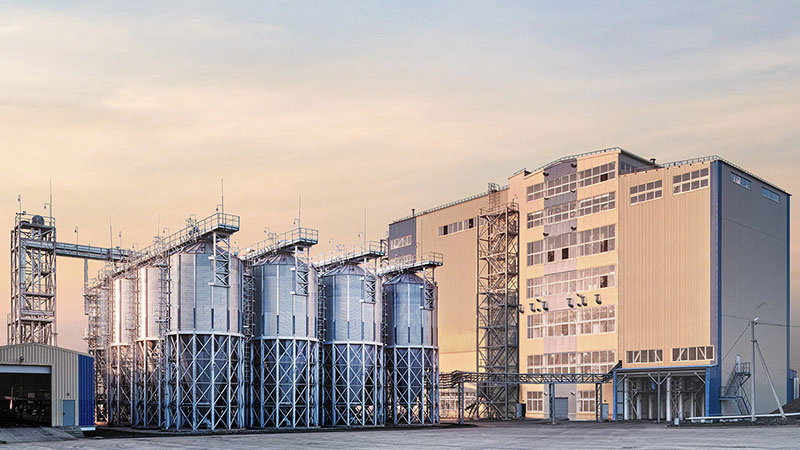
At RICHI, we go beyond project completion. With RICHI Servicee, we’re your dedicated partners in success. Count on us for expert guidance, minimal downtime, and optimized productivity. Choose RICHI for unmatched service and support.
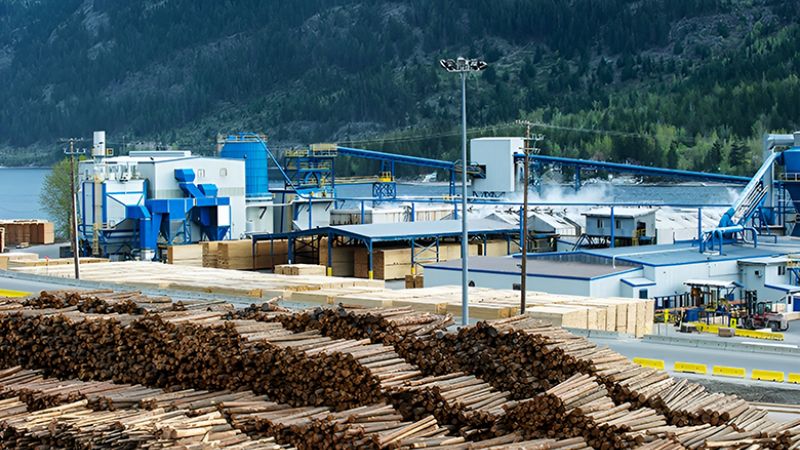
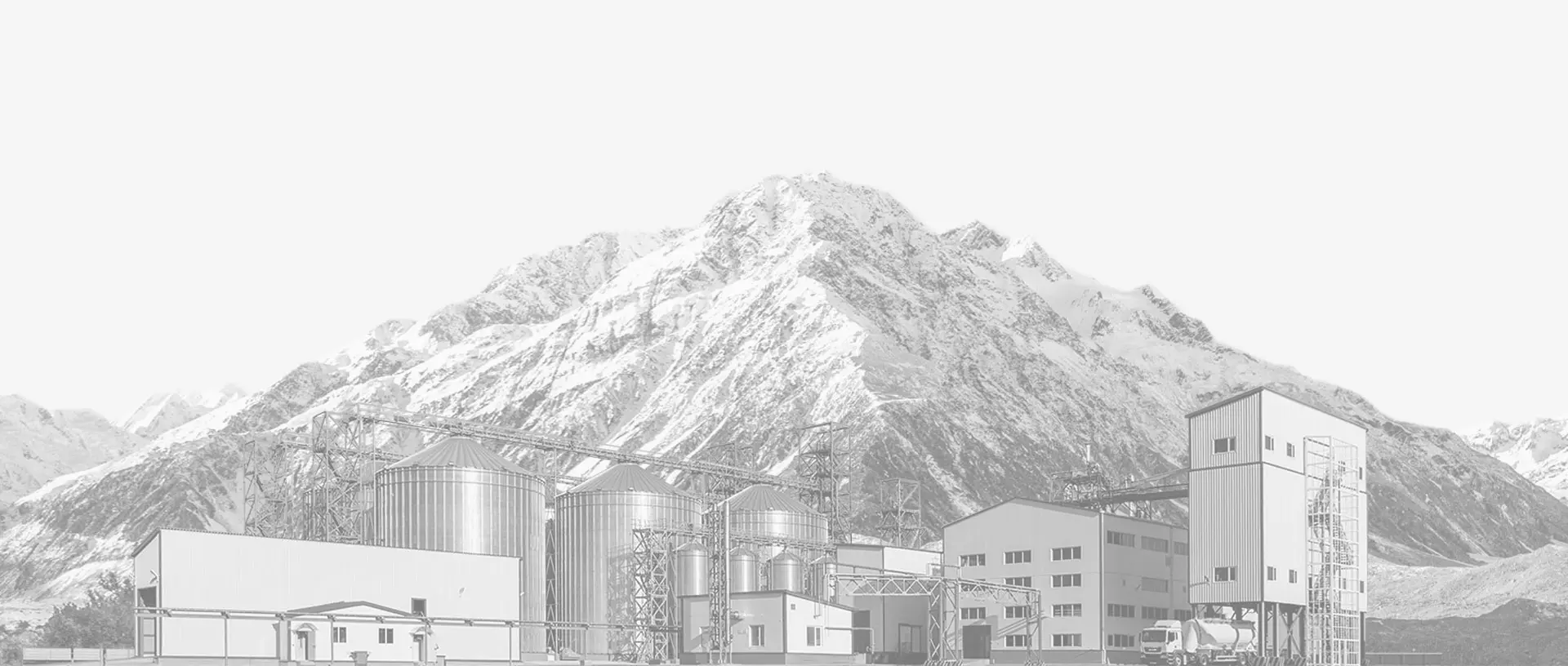

Meet global product demands and quality standards with industry-leading pellet plant design, engineering, equipment, and construction services for pellet processors.
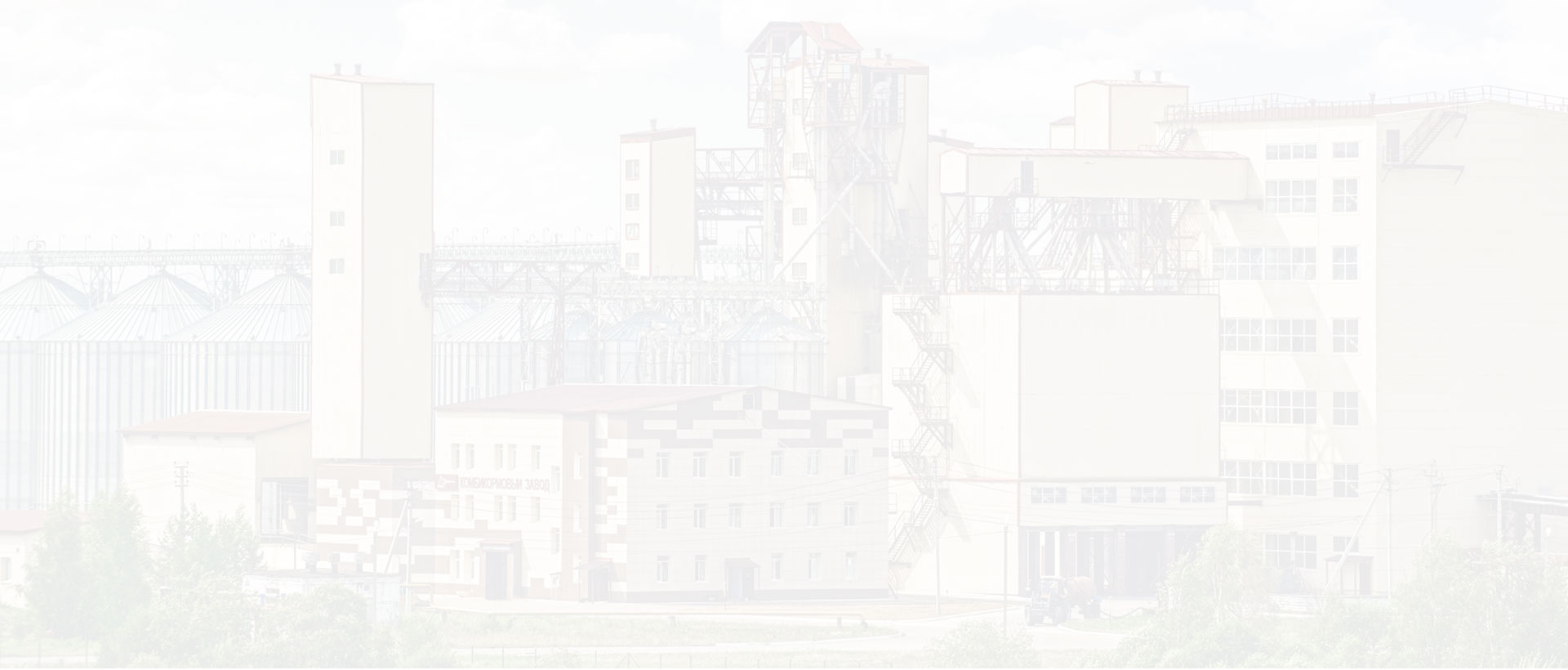

Your Partner Beyond Project Completion
2000+ cases
RICHI is the leading designer, manufacturer and builder of pellet plants in the world, completing over 2000 projects in 140 countries across 6 continents.
Read More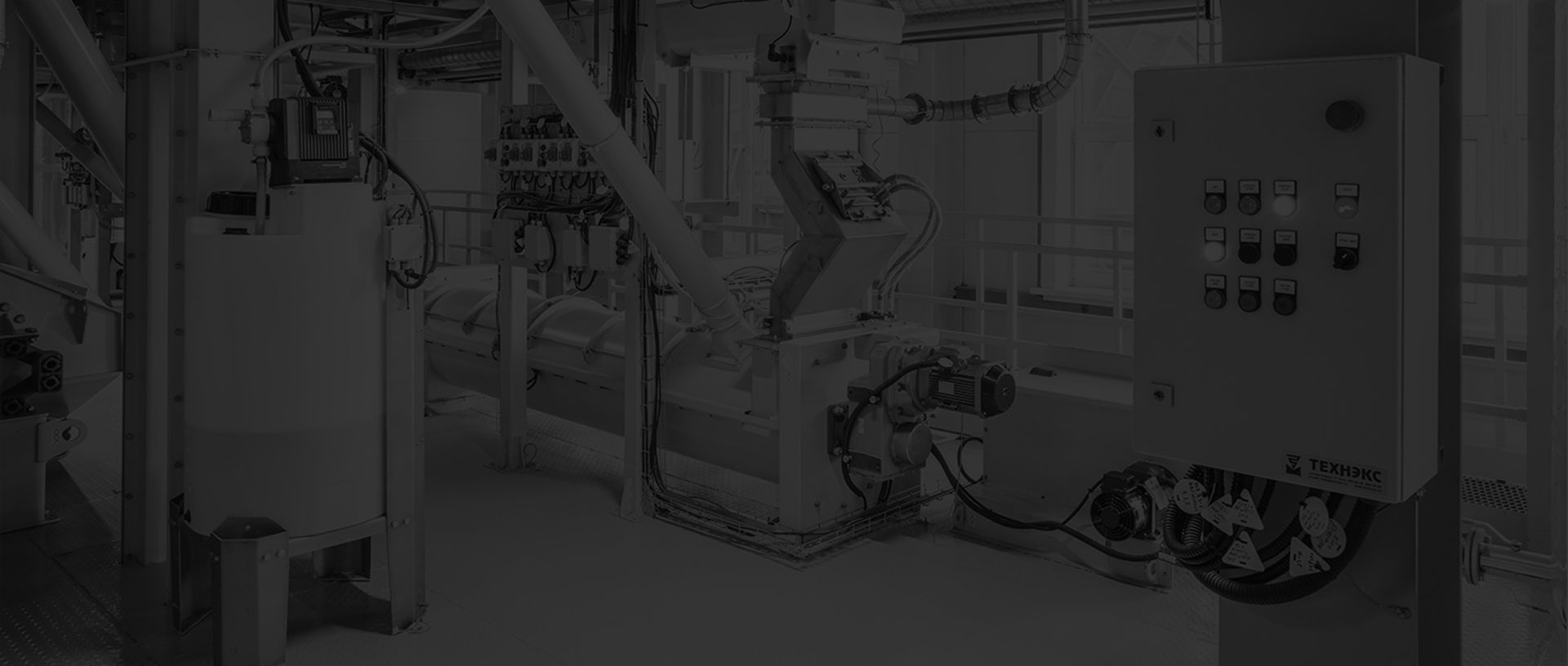
Increase plant productivity, profitability, and safety by integrating high quality equipment into your pellet production line. Over the years, RICHI has become China's top pellet equipment manufacturer. At the same time, RICHI has established valuable partnerships with the world's leading component and raw material manufacturers to bring you the best there is in technology, automation, and efficiency in pelleting plant machinery.

For nearly 30 years, RICHI has been providing best-in-class pellet plant equipment and services to clients across a variety of industries, sizes, and needs. We pride ourselves on the knowledge and skill that each team member possesses – from our technical sales team to our process design engineers. You can count on RICHI Machinery to take your operation to the next level of innovation, quality, and success.
Need help with your pellet manufacturing plant project? Contact us today.
ANIMAL FEED
BIOMASS
WOOD
ORGANIC FERTILIZER
AQUA FEED
CAT LITTER
MUNICIPAL WASTE RECYCLING
SPECIAL PELLET PRODUCTION
RICHI Machinery continues to deliver world class pellet mill equipment, pellet plant engineering and project solutions that add value to our customers in the animal feed, wood waste, agriculture waste, organic fertilizer, cat litter and special pellet products industries. Throughout the years, we RICHI Machinery have built strong brand, becoming industry-leading pellet machine manufacturer. We value integrity, promise quality, and prioritize your success.
Learn MoreWith our expert team, we precisely implement your process engineering requirements in pellet mill and pelletizing plant systems. No matter which industry you’re in – we understand your needs and deliver solutions that meet the highest standards.
At RICHI, quality comes first. Our pellet making machine and related pellet line equipment undergo rigorous quality controls to ensure they meet the highest standards. Rely on products that are durable, safe, and efficient.
With decades of experience in pellet machine and pellet production line production, we have earned a reputation as a trusted partner in various industries. Our expertise allows us to cover a wide range of applications.
Not only do we offer premium pelleting equipment, but we are also experts at designing, building, installing, and maintaining facilities from the ground up. Our expertise is within pellt plant process design, discovering the most efficient, productive, and profitable way to handle your materials in an end-to-end cycle.

Keeping in touch with us is an effective way to solve all your problems. If you have any needs or questions, please leave your contact information, then RICHI technical consultants will send design, quotation, videos to your mailbox. You can also contact us directly via WhatsApp: +86 13838389622
Copyright©2015-2024 by HENAN RICHI MACHINERY CO., LTD. All rights reserved.